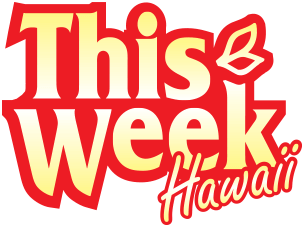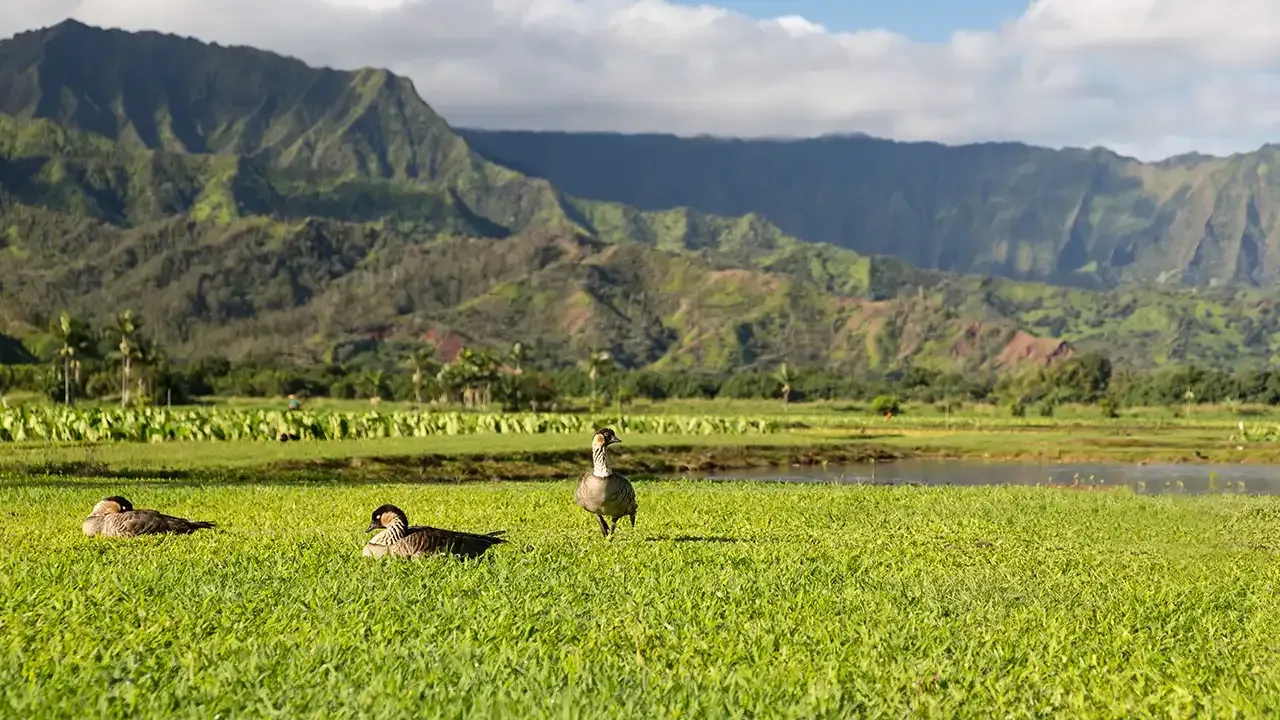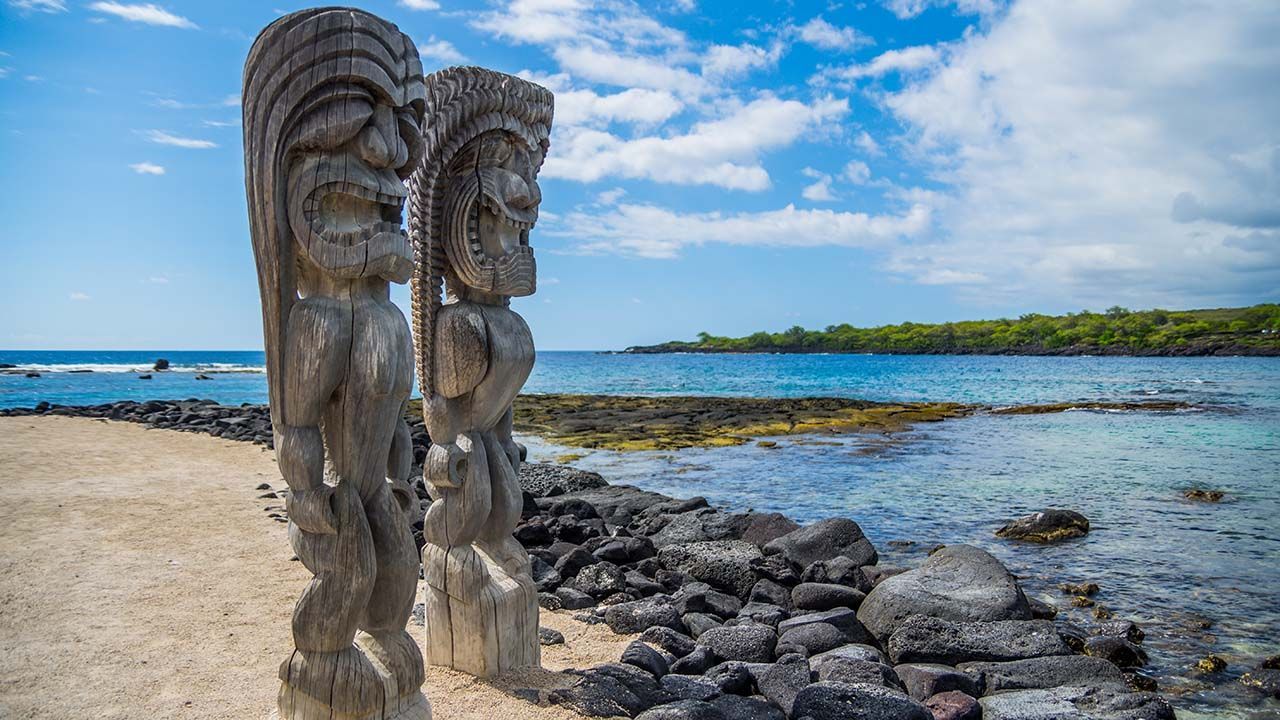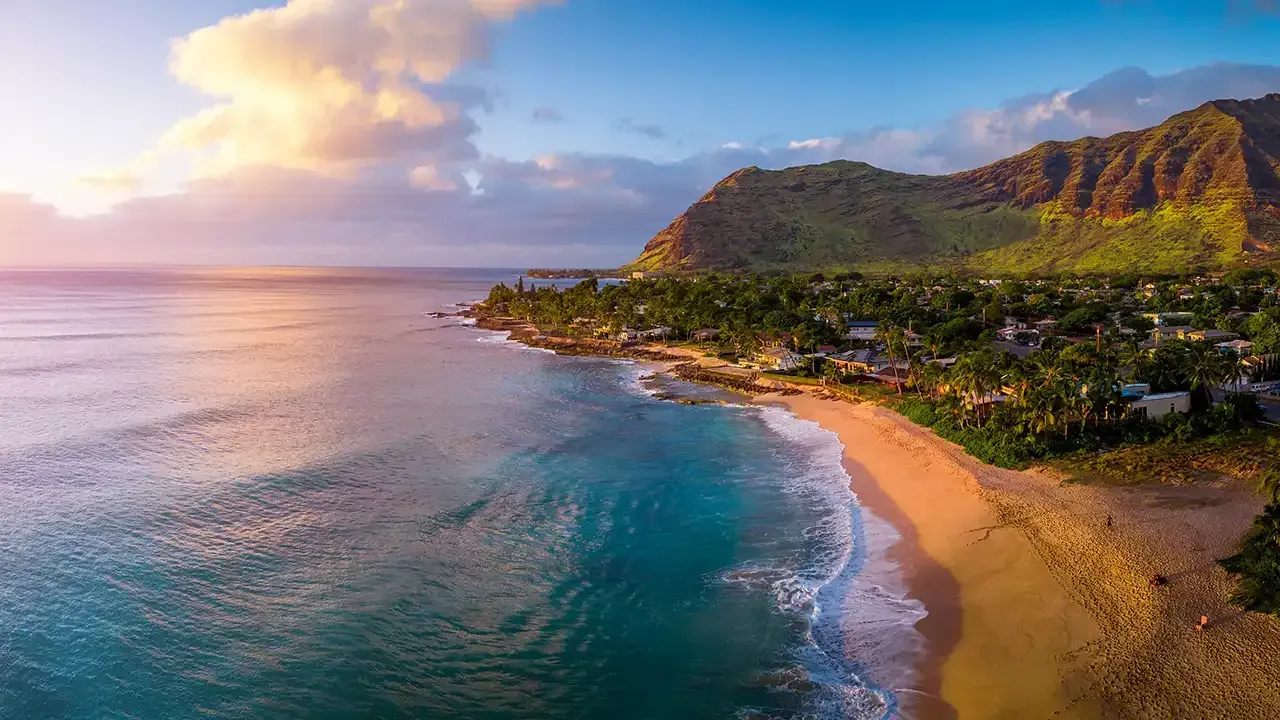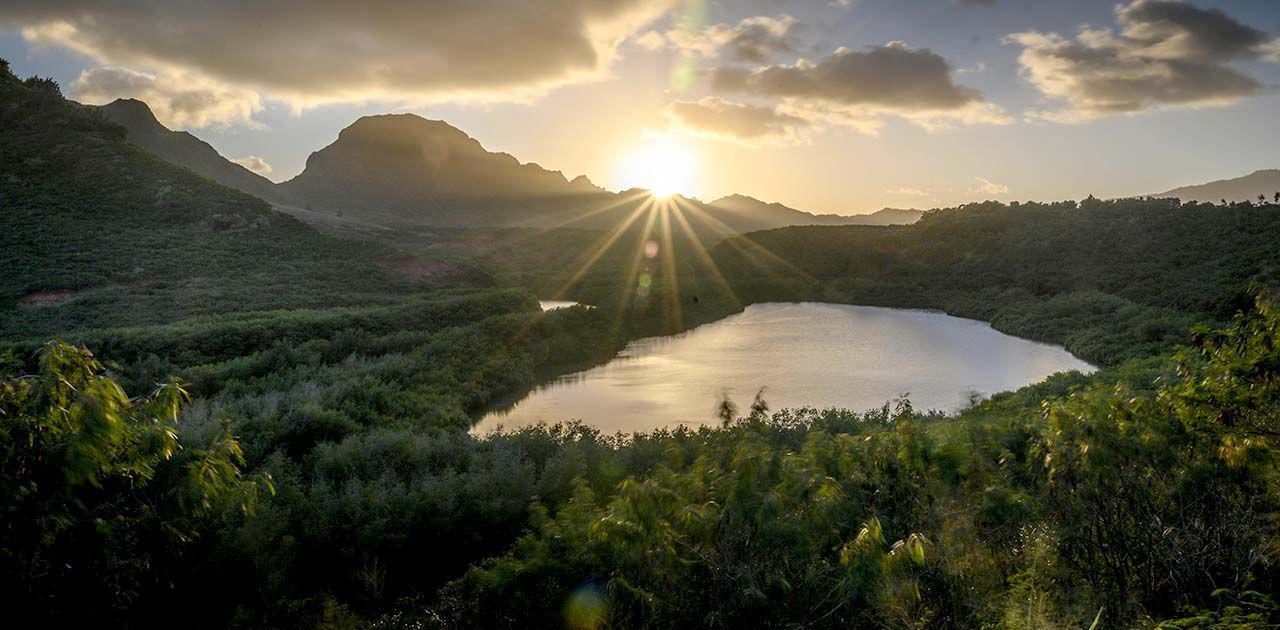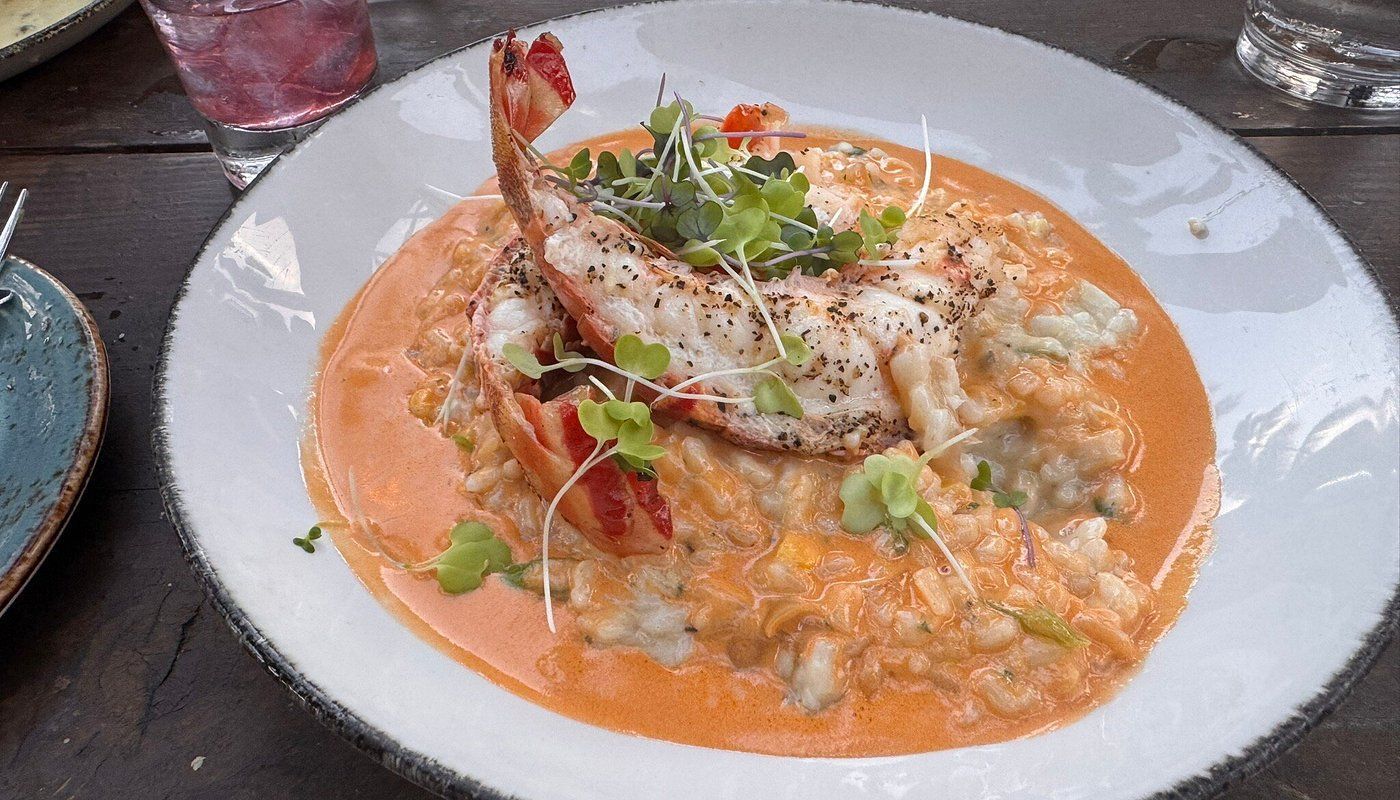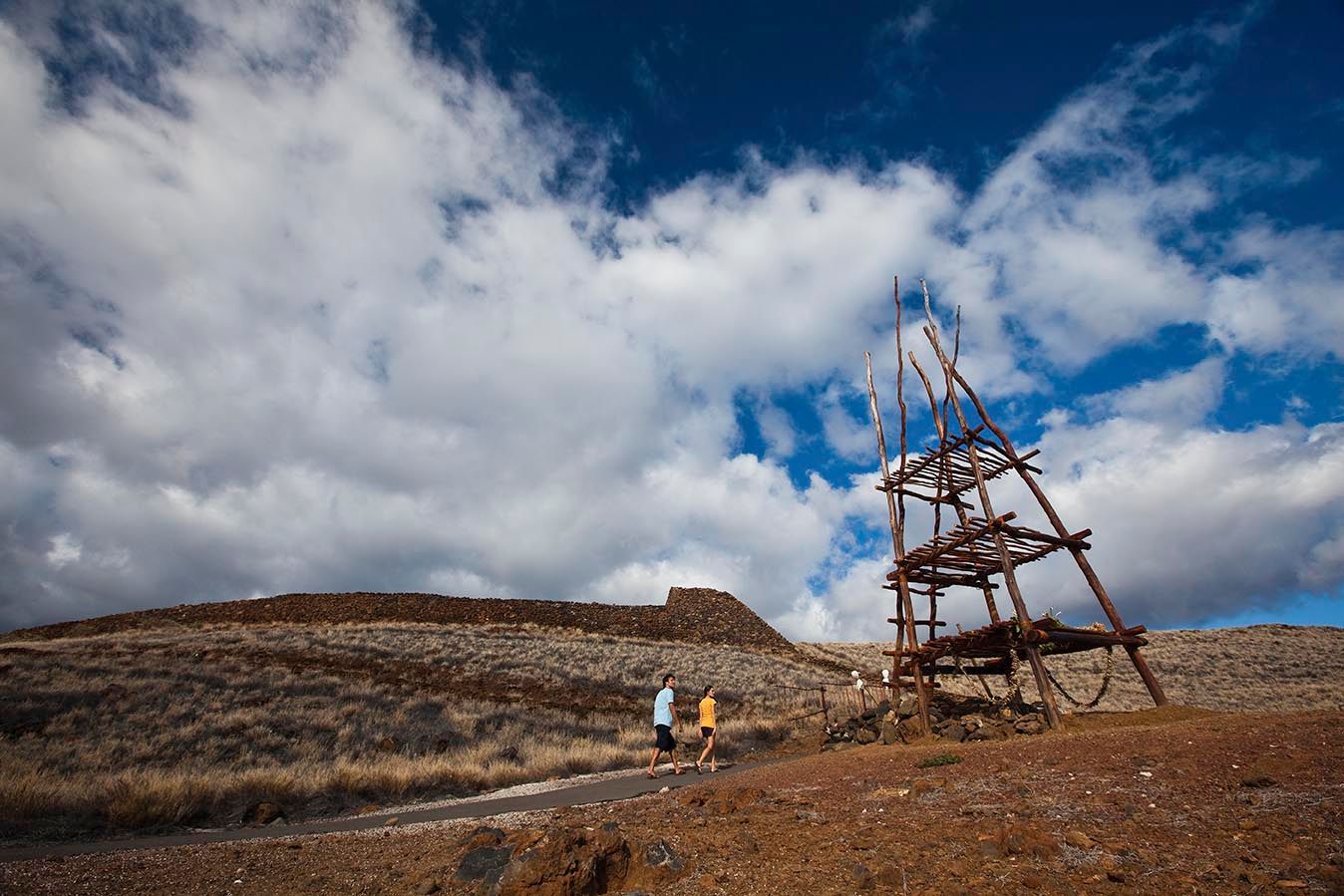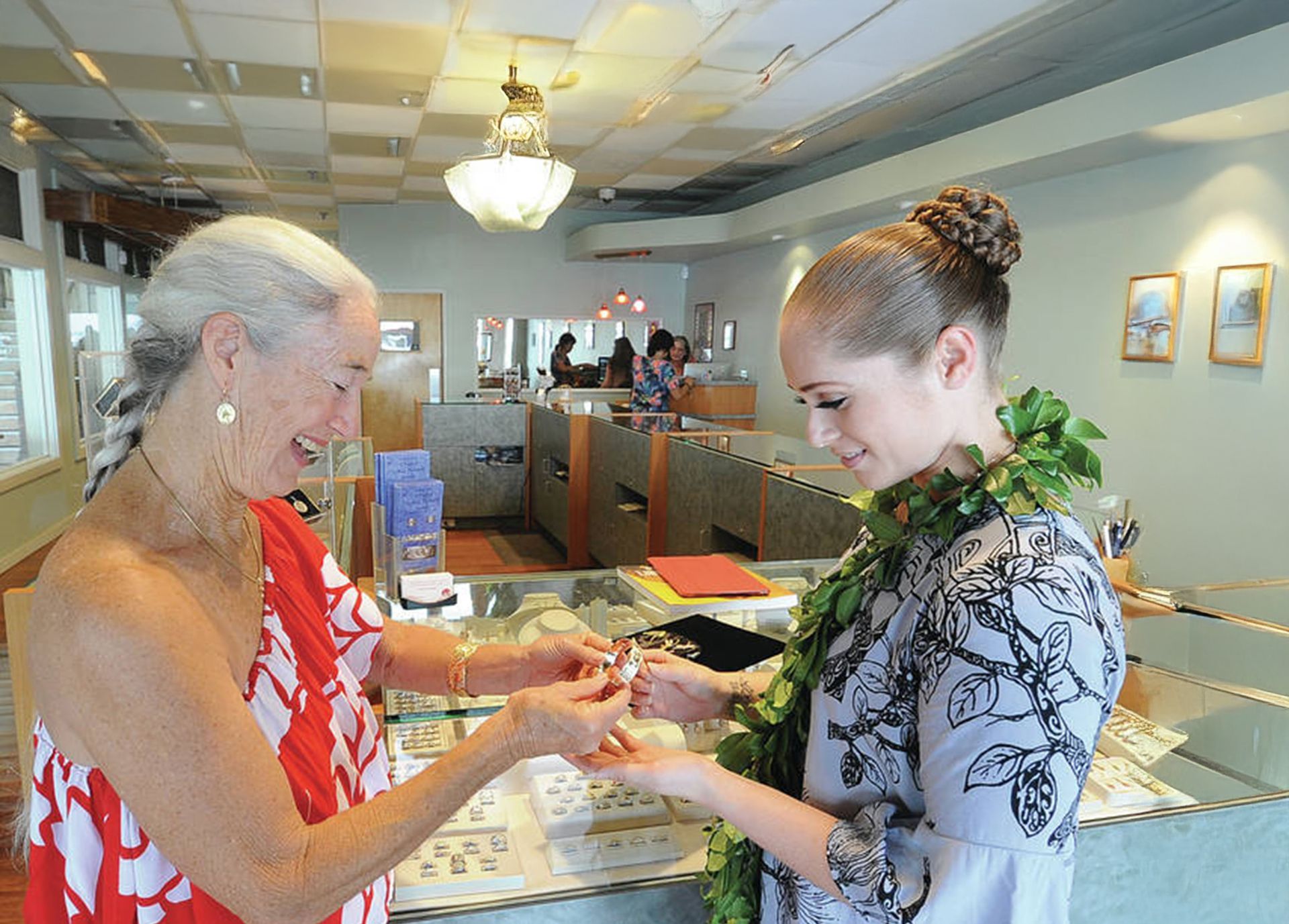What’s Going On at Mauna Kea? A Visitors Guide to TMT

By Richard Melendez, Digital Editor
Thirty Meter Telescope
You may have seen the marchers pass by your hotel or driven by sign-wavers along the side of the road. Maybe you even had plans to visit the summit of Mauna Kea that had to be scrapped because of the road closure. Mauna Kea is all over the news and social media, and a hot topic of conversation here and abroad. Even celebrities like Bruno Mars and The Rock are chiming in and visiting the site.
TMT Protest
The reason for all this buzz is because of efforts to halt the construction of the Thirty-Meter Telescope International Observatory (TMT) at the summit of Mauna Kea. The peaceful standoff is now in its third week with no signs of it ending any time soon.
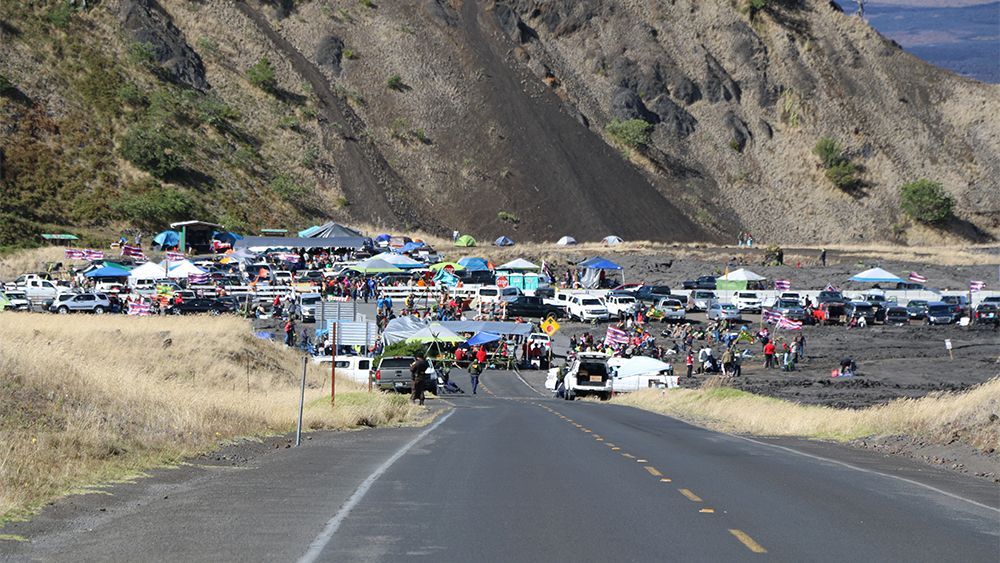
There is no simple explanation for how and why we got here. The underlying issues at play tie into bigger historical themes of history, including U.S. imperialism and how the scientific community responds to the concerns of the populations affected by their activities. There’s plenty of material out there covering all of the above, but for you, a visitor to the islands who just wants to enjoy your vacation without any undue stress, we’re going to try to give you a simple, reliable overview of the situation.
TMT Mauna Kea Protest Backstory
So, first off, a quick recap: The TMT is an international project that will give scientists a peek into the universe as no other telescope has before. Mauna Kea was chosen as a site because its altitude and remoteness make it an ideal location for stargazing. After over a decade of planning, and a number of delays, the TMT was slated to begin construction on Monday, July 17. A group of Native Hawaiians and Hawaiian rights activists, seeking to protect Mauna Kea from desecration, blocked Mauna Kea Access Road, the only thoroughfare up to the mountain’s summit, thus prohibiting construction vehicles from reaching the construction site. That’s the simple set up.
Mauna Kea has both cultural and spiritual significance for Native Hawaiians. Historically, religious ceremonies took place upon its slopes, and archaeological findings suggest that the grounds were also used for hunting, astronomical observations and the harvesting of stone materials. In ancient times, Mauna Kea was held in such reverence that only ali‘i (kings) were permitted to ascend to the summit. The mountain continues to be held as sacred through the modern-day, serving as a place of reverence and worship. It is also home to a unique yet fragile ecosystem containing species found nowhere else in the world. There’s already been irreparable damage made to these ecosystems and no one knows what further toll TMT would have.
It should be immediately noted that the standoff at Mauna Kea is not an anti-science thing. The activists there have made that clear and there are many scientists and academics of Hawaiian descent speaking out on the issue, as well. This movement has also received support from many in the greater scientific community from a diverse range of backgrounds. In fact, Hawaiians have long embraced science and astronomy, relying on their understanding of the stars to help them wayfind across the Pacific. Furthermore, prior to becoming a territory of the United States, Hawai‘i was a technologically advanced nation, a truly sophisticated society that welcomed electric lighting and telephones before it was commonplace on the Mainland.
The Parties Involved
The biggest issues at play right now actually involve years of legal wrangling between the State of Hawai‘i, the developers of the Thirty Meter Telescope (TMT), and Native Hawaiians. Among other concerns, there are criticisms about whether the state followed proper protocol during the process, from permitting and planning stages through how they engaged the public to the final approvals for construction. The state contends that they did everything properly. Those standing in opposition say the process was flawed, and even that promises were broken. Left with no further legal recourse, they set up camp at the base of the access road.
Protectors, Not Protestors
The people blocking the roadway are referring to themselves as protectors , not protesters. That is, they are there to protect Mauna Kea, and are not protesting the existence of the telescope. That may seem like a minor distinction, but it’s an one to make when trying to understand their point of view.
What are they protecting Mauna Kea from? Further desecration. As of today, there are currently 13 observatories on Mauna Kea, which has consistently been seen as a problem. Also, there have been environmental concerns, including a number of oil spills up there, plus the observatories utilize a number of hazardous chemicals in their operations, which protectors believe may put the island’s water supply at risk.
Cultural and Environmental Impacts
That leads us right into a secondary concern of the protectors, one that’s also a hot topic of discussion within the scientific community. It’s the notion that scientists and scientific institutions have to do better. The argument is that the pursuit of science often ignores the concerns of the people, particularly those who are directly impacted, and often negatively. Too often, this includes indigenous populations, people of color, or populations in lower-income areas—generally populations who are often left out of the decision-making process. Often times, science is given a free pass because pretty much everyone agrees that scientific progress is of vital importance to humans. Knowledge is power, and the sciences have propelled humankind into previously unimaginable levels of understanding. Little attention is paid to the costs, however, particularly the cultural and environmental impacts that often go unacknowledged, until it’s too late.
The major overarching concern that looms over all of this is the status of Native Hawaiians as a people today, and how they’ve been treated since the overthrow of Queen Liliu‘okalani by a small group of influential businessmen and politicians. Since that moment in 1893, Hawaiian culture and representation have been on the wane. At various times, hula and the Hawaiian language were banned, and other native practices struggled to survive across generations. Simultaneously, the influence of the Hawaiian people was all but erased as they lost control over their lands, their customs, and their self-determination.
So when protectors say they are fighting to protect Mauna Kea, their view is that the fight is actually a far larger and deeper one. It’s not a call to kick out everyone who isn’t Hawaiian. It’s a fight for their voice, for their islands. It’s a struggle to again have a say in how these islands, their home, are governed.
Legality
On the other hand, there is a legal trail that seems to argue in favor of building TMT, that the process has deemed that they are in the right, and should be allowed to proceed. And this may very well be the case. Other potential benefits include the jobs that will be created during construction and with the staffing of the completed observatory, not to mention the possible economic benefits that this workforce would bring to nearby communities. There would certainly be immeasurable benefits to educational institutions and the greater realm of science and knowledge. Indeed, the University of Hawai‘i, who is at the forefront of the TMT project, has a long history of pioneering scientific achievements, from astronomical discoveries to medical breakthroughs. So the benefits of science and their role locally cannot be denied.
TMT Hawaii News
As of this writing, the standoff is in its third week, and we still have no idea how things will turn out. either way One thing that is clear is that for the most part, the scene at Mauna Kea and at other demonstrations throughout the state has been peaceful. Though there have been allegations of supposed harassment, cyberbullying and/or threats of violence, by and large, this has been a civil and respectful affair. So we kindly ask that wherever you land on this debate, whether or not these activities are disrupting your vacation, to please treat TMT supporters and Mauna Kea protectors that you may encounter with respect. If there’s one thing this standoff has demonstrated is that even with deep divisions, disputes can be approached with aloha.
[ E DITOR’S NOTE: This story has been updated to acknowledge reports of alleged harassment and threats of violence. This was not the case at the original time of publication.]
Keywords: tmt protectors tmt legality tmt update tmt news tmt for visitors big island tmt tmt officials law firm hawaii county building permits telescope on Mauna Kea tmt sector hawaii island land and natural resources
